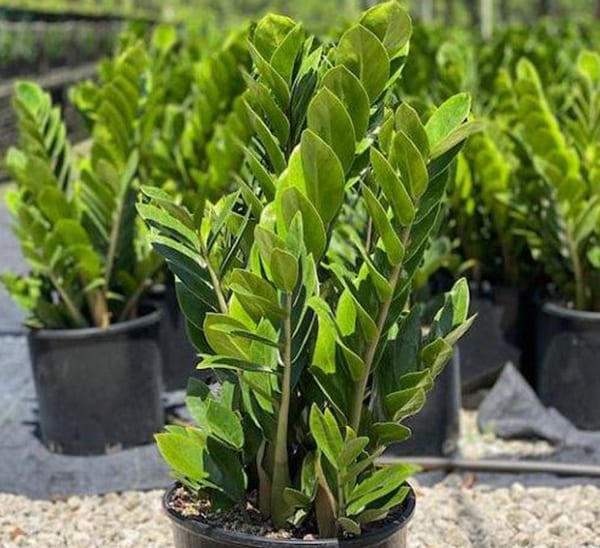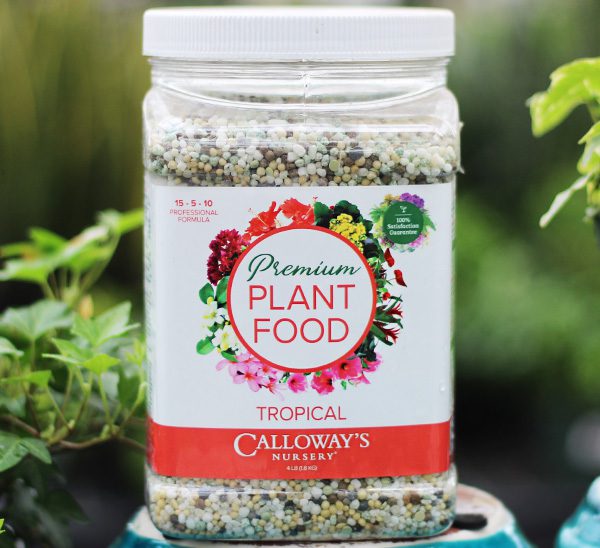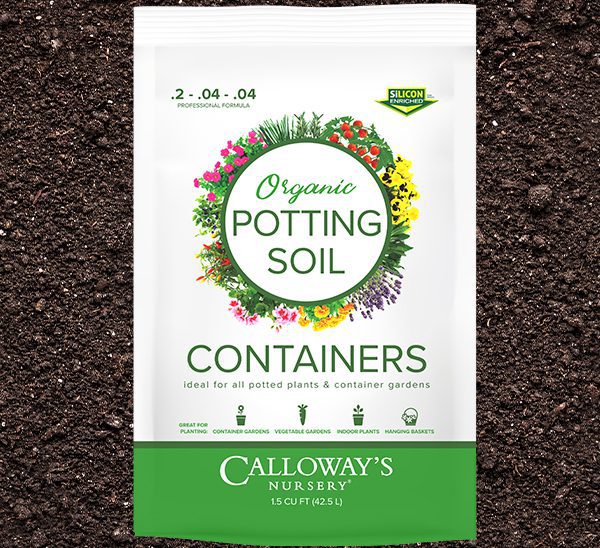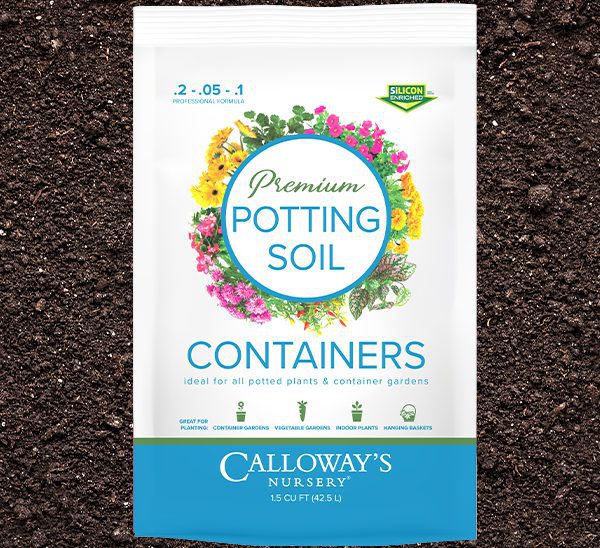ZZ Plant
ZZ Plant
ZZ Plant, or Zamioculas Zamiifolia is a tropical indoor plant with a unique decorative appeal! With shiny, smooth leaves that start bright green and mature to a lovely emerald color. Popular for its ability to tolerate a wide range of conditions, making it a great starter houseplant for new gardeners, and a favorite for interior plant enthusiasts. Great in low-light areas! The ZZ plant thrives with neglect, making it a perfect choice for busy lifestyles. Its slow-growing nature and air-purifying properties add to its appeal. Despite its tropical origins, it adapts well to average household humidity levels.
For more plant information, view additional details below.
(Learn more about the Zamioculcas on Wikipedia)
Please contact your local store for product availability.
Find a garden center near you.
How to Care for ZZ Plants
Light: ZZ plants can tolerate a wide range of light conditions, from bright, indirect light to low light. However, for optimal growth, provide at least some indirect light.
Water: ZZ plants are drought-tolerant and can withstand periods of dryness. Allow the soil to dry out completely between waterings. Overwatering is a common cause of problems for ZZ plants.
Soil: Use a well-draining potting mix to prevent root rot. A cactus or succulent mix is often a good choice.
Temperature: ZZ plants can tolerate a wide range of temperatures. However, avoid exposing them to extreme temperature fluctuations.
Fertilizer: Fertilize ZZ plants once or twice a month during the growing season (spring and summer) with a balanced liquid fertilizer diluted to half strength.
Repotting: Repot your ZZ plant every two to three years to provide fresh soil and more room for growth. Choose a pot that is only slightly larger than the current one.
Pests and Diseases: ZZ plants are generally resistant to pests and diseases. However, keep an eye out for common houseplant pests like mealybugs and scale insects. Treat infestations promptly with insecticidal soap or neem oil.
Propagation: ZZ plants can be propagated from offsets (pups) or by cutting and rooting leaf sections.
Items For Added Success
Species: Zamioculcas zamiifolia
Other Species Names: Zanzibar Gem, Zuzu Plant, Emerald Palm
Plant Height: 18-36 in.
Spread: 24-48 in.
Evergreen: No
Plant Form: upright
Summer Foliage Color: Green| Dark Green
Minimum Sunlight: Partial Shade
Maximum Sunlight: Full Sun
The tropical ZZ plant is a close relative of Chinese Evergreen, Anthurium and Philodendron. Easy to care for and cultivate, with decorative feather-like leaves carrying an exotic flair.
ZZ Plant is one of the toughest plants around, making it a perfect choice to add to your home or office. Whether you're able to give it steady care, travel a lot, or just get distracted by all the stresses of daily life, ZZ Plant survives it all. Plus, it looks good: The plant features shiny, dark green leaves that look waxy.
What makes ZZ plant such a good houseplant is that it's wonderfully tolerant to a wide range of conditions, including low light, low humidity, and periods of drought. Like most other plants, ZZ plant doesn't even need natural light -- it'll thrive just fine indoors under fluorescent lights, such as those in office buildings. That means it will survive just about any corner of your home, even if you only water it once every couple of weeks (it grows best, though, when watered as the top inch or two of the potting mix dries). It is not particular as to soil pH, but grows best in rich, porous soils.



